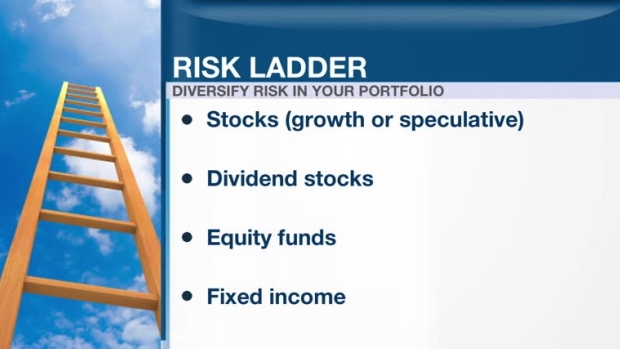May 29, 2017
Personal Investor: Not taking risks can be risky
By Dale Jackson

Talk about irony: by not taking risks, you run the risk of not meeting your investment goals.
When it comes to diversifying your portfolio, risk is no different than sectors or geographic regions. Diversification lowers overall risk by spreading it around and increases exposure to potential opportunities.
As a general rule, higher risk brings greater potential for gains. Hiding in the safety of government bonds is a sure bet, but it won’t get you much more than two per cent each year. Higher returns from riskier investments can pull the overall return up.
A diversified portfolio includes fixed income to cushion the blow if a riskier investment goes sour. As you climb the risk ladder into mutual funds or exchange traded funds (ETFs), or dividend stocks, the gains are normally bigger.

Risk diversification also calls for a diversified tax strategy. Keep in mind that all gains in a registered retirement savings plan (RRSP) are fully taxed – the bigger the gains, the bigger that tax. Higher risk investments get better treatment in a tax-free savings account (TFSA) because gains are never taxed.
Outside a RRSP or TFSA, only half of any gains are taxed – which is more tax efficient than an RRSP but less tax efficient than a TFSA. However, equity losses outside a RRSP or TFSA can be used to wipe out the tax on any capital gains going back three years or forward indefinitely.



